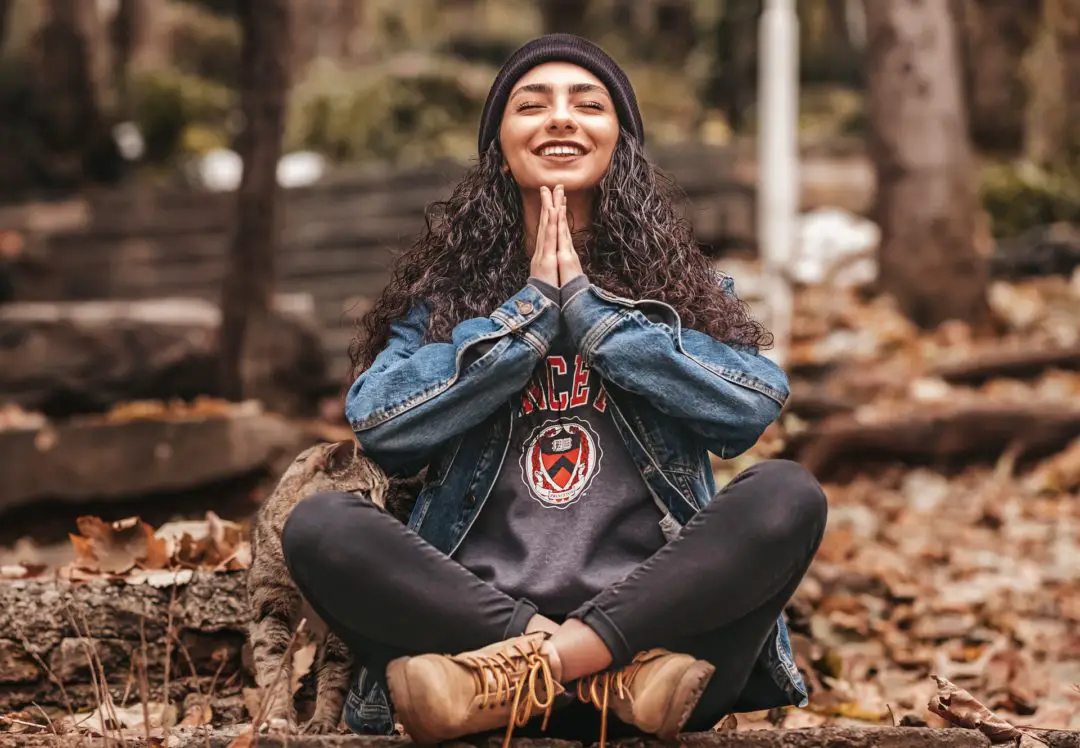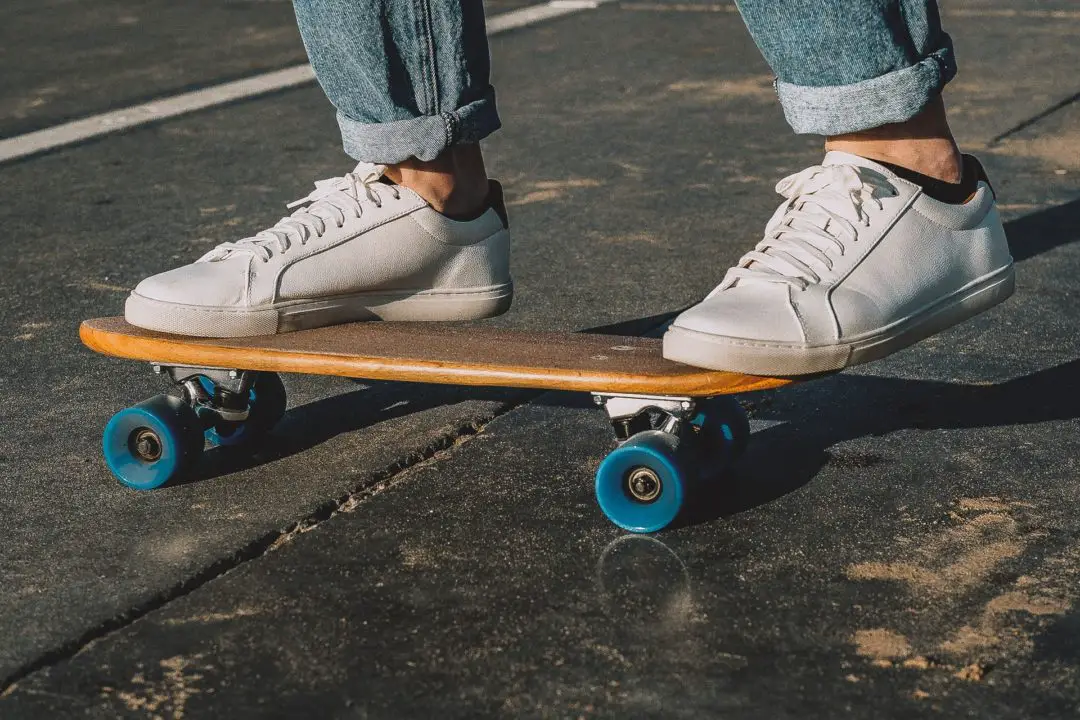Exploring the rich and diverse tapestry of South Korean culture reveals a fascinating array of popular hobbies that attract people from all walks of life.
From the vibrant world of K-Pop and traditional Korean arts to modern leisure activities like gaming and hiking, the hobbies embraced in South Korea offer a glimpse into the country’s history and contemporary lifestyle.

You might find yourself drawn to learning Taekwondo, a martial art that reflects Korea’s emphasis on discipline, respect, and physical fitness.
Alternatively, you could immerse yourself in the intricate art of Hanji, Korean paper crafting, which showcases the meticulous nature and patience embedded in Korean culture.
Whether you’re stepping into the energetic dance routines of K-Pop or exploring the serene paths of South Korea’s stunning mountain trails, these hobbies connect you with both the past and present of this unique nation.
The Cultural Landscape of South Korea

South Korea’s cultural landscape is a blend of historical heritage and modern lifestyle. From the legacies of the Joseon Dynasty to contemporary urban design, you will find a fascinating contrast between tradition and innovation.
Historical Significance and Heritage
The Joseon Dynasty, which lasted over five centuries, has left a profound impact on South Korea’s culture.
You can experience this history firsthand by visiting Gyeongbokgung Palace, the largest of the Five Grand Palaces built during the Joseon era. Gyeongbokgung is a must-see site, showcasing traditional Korean architecture and cultural practices.
Another essential destination is Bukchon Hanok Village, where traditional Hanok houses are preserved. These wooden homes feature unique design elements such as curved roofs and intricate wooden doors.
A stroll through this village offers a glimpse into Korea’s past, providing a stark contrast to the surrounding modern cityscape. South Korea also boasts numerous UNESCO World Heritage Sites, including the Changdeokgung Palace Complex and Jongmyo Shrine, which highlight the nation’s historical and cultural legacy.
Modern South Korean Lifestyle
South Korea today is a dynamic blend of innovation and tradition. Cities like Seoul and Busan are renowned for their modern architecture, bustling markets, and cutting-edge technology.
In Seoul, you’ll find towering skyscrapers juxtaposed with historical sites, creating a unique urban landscape.
The city’s design scene is particularly vibrant, influencing everything from fashion to architecture.
Districts like Gangnam and Hongdae are known for their trendy shops, cafes, and nightlife.
Modern Hanok houses are also being integrated into contemporary living, combining old-world charm with modern amenities.
South Korea’s lifestyle emphasizes a balance between the past and the present. Whether you are exploring ancient palaces or enjoying the energy of modern urban life, the cultural landscape here offers a rich, multifaceted experience.
Traditional Korean Hobbies and Crafts

Traditional Korean hobbies and crafts have deep roots in the culture, consisting of martial arts like Taekwondo, artistic forms such as calligraphy and pottery, and the highly respectful tea ceremonies. These practices are not only pastimes but also embody significant aspects of Korean history and values.
Martial Arts and Taekwondo
Taekwondo is a globally known martial art originating from Korea. It emphasizes both physical skill and mental discipline.
Training in Taekwondo involves learning a variety of kicks, punches, and self-defense techniques.
You will often find dojangs (training halls) across South Korea where students of all ages practice under the guidance of experienced instructors.
Beyond physical fitness, Taekwondo instills values like respect, perseverance, and ethical behavior, making it a well-rounded activity for personal development.
Artistic Pursuits: Calligraphy and Pottery
Korean calligraphy, or ‘Seoye’ (서예), is an art form that involves writing Hanja or Hangul characters with a brush and ink. It’s celebrated for its aesthetic beauty and the meditative experience it offers.
As you practice calligraphy, you will likely find that the rhythm and flow of the brush strokes demand a blend of focus and creativity.
Pottery is another cherished craft, with a history that spans thousands of years. Techniques such as Baekja (white porcelain) and Buncheong (slipware) are particularly renowned.
Engaging in pottery allows you to create functional and decorative pieces, giving you a tangible connection to Korean cultural heritage.
Korean Tea Ceremonies and Etiquette
The Korean tea ceremony, known as ‘Darye’ (다례), emphasizes tranquility and respect. This traditional practice involves the careful preparation and consumption of tea, usually green tea, in a manner that fosters mindfulness and social connection.
As you participate in a tea ceremony, you will observe rituals that dictate every aspect—from the selection of utensils to the brewing process.
Education in tea etiquette is an important part of this practice, teaching you to appreciate subtle flavors and to engage respectfully with others. This makes the tea ceremony not just a hobby, but a refined social activity.
Popular Modern Hobbies in South Korea

In South Korea, modern hobbies are heavily influenced by the cultural wave, technological advancements, and lifestyle aesthetics. You’ll find that K-Pop, Korean dramas, gaming, and beauty trends play significant roles in shaping popular pastimes.
The Rise of K-Pop and Fan Culture
K-Pop has become a global phenomenon, and its influence is pervasive in South Korea. Bands like BTS have garnered massive international followings.
Fans engage deeply by collecting albums, attending concerts, and participating in online fan communities.
Fan culture is robust, with activities such as:
- Streaming music videos to boost views
- Buying merchandise
- Participating in fan meetings
These activities often blur the line between hobby and lifestyle.
Korean Dramas and Movie Fanfare
Korean dramas (K-Dramas) capture the hearts of many with their compelling storytelling. You’re likely to hear about popular series being discussed everywhere, from cafes to online forums.
Platforms like Netflix have also made these shows accessible worldwide.
Viewers often binge-watch entire series, engage in fan theories, and eagerly await new episodes.
This hobby often includes collecting memorabilia or visiting filming locations. The impact of these dramas on fashion and language is another intriguing aspect.
Gaming and Esports Phenomenon
Gaming isn’t just a pastime; it’s a significant part of South Korean culture. Esports have taken the country by storm, with titles like League of Legends and StarCraft leading the charge.
Professional gamers are celebrated figures, often likened to athletes.
Esports stadiums host large tournaments, attracting thousands of spectators.
Gaming cafes, or PC bangs, are also prevalent, providing a social space for gamers. This hobby spans various genres, including mobile gaming, offering something for everyone.
Fashion and Beauty Trends
Fashion and beauty are integral parts of modern Korean culture. South Korea is often at the forefront of new trends in fashion and cosmetics.
Street fashion, influenced by K-Pop and K-Dramas, is particularly popular.
K-Beauty focuses on skincare routines and makeup techniques that promise a healthy, youthful appearance.
Many people invest time and money in multi-step skincare routines. Popular products often include sheet masks, serums, and BB creams.
You’ll find that beauty standards here often emphasize clear skin, slim figures, and trendy outfits.
Outdoor and Recreational Activities

South Korea offers a plethora of outdoor and recreational activities that connect enthusiasts to its natural landscapes and sports culture.
From hiking through lush mountains to cycling along the iconic Han River, these activities highlight the country’s commitment to healthy living and exploration.
Hiking and Exploring Korea’s Natural Beauty
Hiking is immensely popular in South Korea, offering countless trails and scenic spots.
The most notable site is Bukhansan National Park near Seoul, which provides trails for varying skill levels.
Other popular hiking destinations include Seoraksan National Park and Jirisan National Park.
You’ll find well-marked trails, often with stunning vistas, historical sites like temples, and seasonal beauty that changes with the blossoms in spring and the foliage in autumn.
Essential items to bring include a good pair of hiking boots, a map, sufficient water, and snacks.
Many trails are equipped with safety measures and are well-maintained. Hiking in Korea also provides an opportunity to mingle with locals and experience traditional post-hike meals at nearby eateries.
Sports: Baseball, Soccer, and Beyond
Sports play a significant role in South Korean culture. Baseball and soccer are the most watched and participated sports.
The Korean Baseball Organization (KBO) captivate millions with its energetic games and enthusiastic fan base.
Stadiums like the Jamsil Baseball Stadium in Seoul host regular games that are family-friendly and offer an electric atmosphere.
Soccer has a strong following, with the K League attracting many fans across the country.
South Korea’s successful campaigns in the World Cup have boosted the popularity of the sport.
Community fields and local leagues make it easy to engage and participate actively.
Even American football (NFL) has a small but growing fanbase with games aired in sports bars and cultural clubs.
Cycling and Water Sports Along the Han River
The Han River provides a vibrant setting for various recreational activities.
The cycling paths along the riverbanks are extensive and cater to cyclists of all levels.
You can rent bikes at various stations and enjoy a scenic ride that offers views of major Seoul landmarks.
Water sports like kayaking, paddleboarding, and windsurfing are also popular on the Han River, with rental facilities and instructional classes available.
The river parks often host festivals and events, making it a hub of activity and leisure.
Leisure and Lifestyle Interests in South Korea

South Korea offers a rich tapestry of cultural and leisure activities. From savoring traditional cuisine to immersing yourself in literature and art, or finding peace through gardening and mindfulness practices, there’s something for everyone.
Korean Cuisine: Cooking and Gastronomy
Korean cuisine is a significant cultural aspect. Cooking traditional dishes like kimchi and bibimbap is not only a delight for the taste buds but also a way to connect with Korean heritage.
Kimchi, a fermented vegetable dish, is a staple in Korean meals. Preparing it involves seasoning vegetables with chili pepper, garlic, and ginger, then allowing it to ferment. This process not only creates a unique flavor but also offers health benefits, including probiotics.
Bibimbap is another beloved dish, consisting of mixed rice topped with assorted vegetables, meat, and a fried egg, all seasoned with gochujang (chili paste). Cooking and sharing such meals is a communal activity, promoting a sense of connection and joy.
Check out our Huge List of Food Hobbies for more awesome food and cooking-related hobby ideas!
Literary and Art Appreciation
Appreciating literature and art is a prevalent leisure activity. Koreans have a deep respect for their literary heritage, gravitating towards both traditional and contemporary works. Reading classic Korean novels as well as modern literature by authors like Han Kang provides insight into Korean society and values.
Art appreciation extends to various forms, including traditional ink paintings and modern art installations. Visiting museums and galleries, such as the National Museum of Modern and Contemporary Art, enhances understanding and enjoyment of Korean artistic expression.
Gardening, Meditation, and Mindfulness Practices
Gardening is a therapeutic hobby that many Koreans enjoy. Cultivating plants, from bonsai to ornamental flowers, provides relaxation and a productive way to spend leisure time. It’s a practice that fosters patience and a connection to nature.
Meditation and mindfulness are integral to many South Koreans’ daily routines. Practices like sunmudo, a Zen martial art, blend physical exercise with meditative breathing techniques, promoting both mental and physical well-being. Additionally, engaging in traditional tea ceremonies can provide a peaceful, mindful break from the hustle and bustle of everyday life.
Socializing and Community Engagement

South Korea offers a vibrant set of options for socializing and community engagement. Activities range from shopping excursions to nightlife, ensuring that there’s something for everyone.
Shopping and Retail Excursions
Shopping is a major social activity in South Korea, offering more than just retail therapy. Visit complexes like Myeongdong and Dongdaemun for trendy clothing, cosmetics, and more. Here, street vendors and pop-up shops provide unique shopping experiences.
Korean shopping malls often include cafes and food courts, making it easy to spend an entire day socializing while shopping. Gangnam and Hongdae are hotspots for such social shopping experiences. Additionally, department stores like Lotte and Shinsegae offer a combination of high-end and affordable brands.
Volunteering and Civic Participation
Volunteering in South Korea allows you to give back to the community while socializing. Opportunities range from environmental clean-ups to teaching English. Groups like Korean Red Cross and Habitat for Humanity Korea provide structured programs for volunteers.
Joining local clubs and organizations can also be rewarding. Many groups focus on elderly care, animal welfare, and cultural preservation. Civic participation often includes community events and charity runs, providing a social aspect to your altruistic efforts.
Nightlife: Socializing and Entertainment
South Korea’s nightlife is a cornerstone of its social scene. Areas like Itaewon and Hongdae offer bars, clubs, and karaoke rooms (노래방). These locations are perfect for socializing with friends or meeting new people.
Restaurants, pubs, and night markets also play a key role in nighttime social activities. Street food vendors and late-night cafes provide sustenance as you socialize into the early hours. The diversity of nightlife options ensures there is something for every taste and preference.
Travel and Tourism in South Korea

South Korea offers a blend of ancient history and modern attractions, providing tourists with a variety of must-visit destinations, unique accommodations, and cultural tips to enhance their travel experience.
Must-Visit Destinations and Attractions
Gyeongju, known as “the museum without walls,” boasts historical sites like Bulguksa Temple. Busan offers beaches and the vibrant Jagalchi Fish Market, while Andong‘s traditional Hanok villages showcase Korean heritage.
Explore Seoul’s cultural hubs such as Gwangjang Market and Insadong. The DMZ (Demilitarized Zone) offers a glimpse into the North-South divide. Don’t forget to visit the National Folk Museum for a deeper insight into Korean culture.
Gamcheon Culture Village‘s colorful houses in Busan are a visual treat. The iconic Namdaemun Market in Seoul is a bustling shopping experience.
Unique Accommodations and Stays
To immerse yourself fully, consider staying in a traditional Hanok guesthouse. These homes offer a step back in time with their distinctive architecture and peaceful settings.
For a modern experience, luxury hotels and quirky boutique hotels are available throughout major cities. In Gyeongju, you can find accommodations with historical charm, blending modern comfort with traditional elegance.
Hostels and guesthouses are widely available for budget travelers. In Insadong, you can find guesthouses that offer close proximity to cultural sites.
Travel Tips and Cultural Norms
When visiting South Korea, remember that bowing is a common form of greeting. It’s polite to remove your shoes when entering someone’s home.
Using both hands when giving or receiving something is seen as respectful.
Be mindful of your volume in public places, as loud conversations are considered impolite.
Public transportation is efficient and widely used. Consider getting a T-money card for easy travel in the cities.
Finally, always carry some cash, as small vendors and markets may not accept credit cards. Learning a few basic Korean phrases can also enhance your travel experience.





